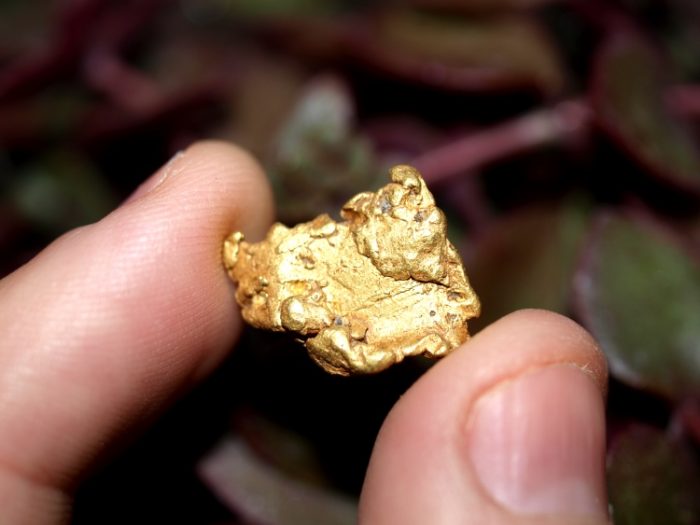
Is it legal to dig for gold in California?
Share
Yes, it is legal to dig for gold in California, but there are certain regulations and requirements that must be followed. California is a state with federal and state laws that must be followed, and the authority that regulates mining activities in California is the US Bureau of Land Management (BLM) for mining on public land and California Department of Conservation for mining on private land. These agencies have rules and regulations in place for mining, prospecting, and the use of equipment on public lands, and you will be required to obtain appropriate permits and comply with those regulations.

Recreational gold panning on public land is allowed on a "pick and shovel" basis. This means that you can use a gold pan and a shovel to search for gold, but you are not allowed to use any mechanized equipment, such as dredges or sluice boxes, without obtaining the appropriate permits. Additionally, gold panning can only be done on land that is open to mineral entry. That being said, the BLM have a list of areas that have been set aside specifically for recreational gold panning and other activities, it is good to check with the local BLM office to see if the area you are interested in panning is open for it.
To file a mining claim on public lands, one needs to go through a relatively straightforward process. First, a person needs to locate a piece of land that is open to mineral entry and that has a mineral deposit. Second, the miner needs to file a claim, which is a legal document that gives him or her the right to extract minerals from that piece of land. There are different types of mining claims, such as lode claims, placer claims, and millsite claims, but the most common type of claim for gold mining is the placer claim. Once the claim is filed, the miner has the right to extract minerals from the land, provided that he or she follows all federal and state laws and regulations.
For certain types of mining activities, such as dredging, milling, and the use of mechanized equipment, the miner may also need to obtain a permit from the BLM. The permit process typically includes environmental assessments, public comment periods, and other requirements, and it may take several months to obtain the necessary permit. Environmental standards are a big part of the BLM regulations for mining on public land, to protect the public lands from the impacts of mining, such as waste disposal, water quality, and protection of fish and wildlife.
The BLM also requires mining activities to be reported and recorded, miners are required to submit regular reports on the amount and type of minerals extracted, and keep records of mining activities, including date and location of mining and waste management. Also, they require the land to be reclaimed and restored to its natural state once mining activities have been completed. The BLM may require miners to post a bond or provide proof of liability insurance to ensure that the mining activities will be conducted in an environmentally safe manner and that any damages to public land caused by mining will be repaired.
It's important to keep in mind that the regulations are subject to change and different states might have different regulations. You should always check the current regulations from the BLM website or the local office before starting mining activities, and always follow the rules and regulations. You should also be aware that mining activities on public lands can also be affected by other laws such as the Endangered Species Act, the Clean Water Act, the National Historic Preservation Act, etc.
Conclusion
In summary, it's legal to dig for gold in California, but you must comply with federal and state regulations, obtain the appropriate permits and pay the necessary fees, and obtain permission from the landowner if the area you are interested in mining is on private land. There are many gold bearing areas in California with a rich history of gold mining dating back to the 1848 California Gold Rush, and many opportunities for recreational prospectors and independent miners to find gold today, with the use of proper equipment and techniques. However, it's essential to comply with the laws and regulations set by the Bureau of Land Management (BLM) and California Department of Conservation, and obtain the necessary permits before engaging in any mining activities. It's also important to be aware of the potential environmental impact of mining and take steps to minimize damage to the land and its ecosystem. Keep in mind that mining and prospecting can be dangerous and it is important to take all necessary safety precautions.
